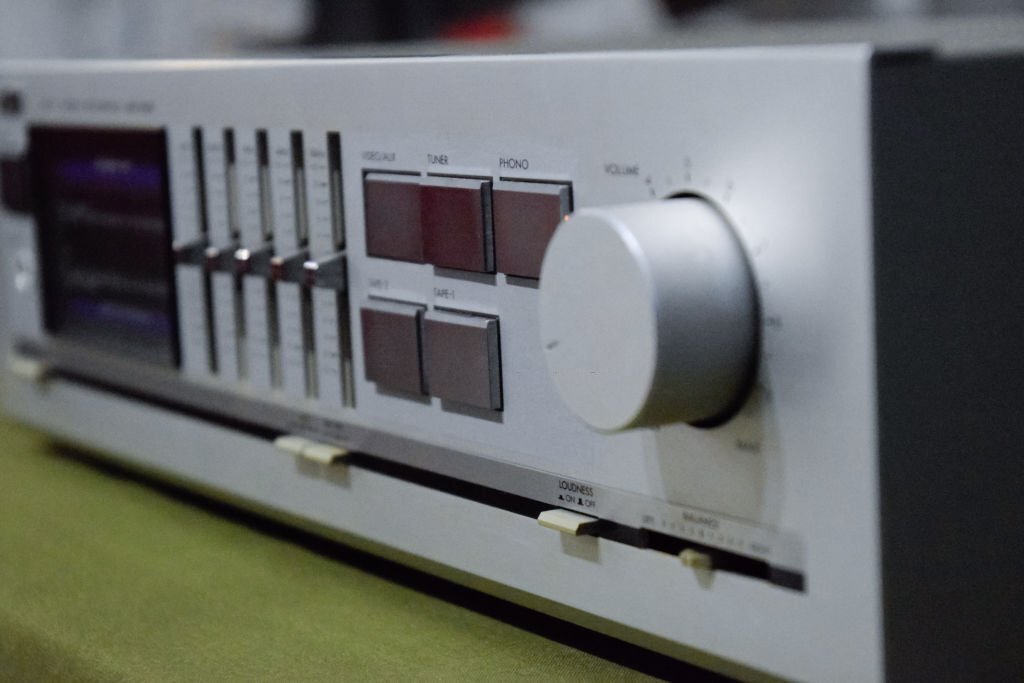In the rapidly evolving world of audio technology, the pursuit of exceptional sound quality has become paramount. Audiophiles and music enthusiasts are constantly seeking ways to elevate their listening experiences to new heights. One vital component that plays a significant role in achieving this goal is the Audio Digital-to-Analog Converter, commonly known as an Audio DAC. In this comprehensive guide, we will delve into the intricacies of audio DACs, explore their functionality, and discover how they contribute to creating a more immersive and captivating auditory journey.
What is an Audio DAC?
At its core, an Audio DAC is a device that transforms digital audio signals into analog signals, making them compatible with analog audio equipment. Digital audio, represented as series of 0s and 1s, requires conversion to analog signals for speakers or headphones to produce sound that can be heard by human ears. An audio DAC bridges the gap between the digital and analog worlds, ensuring that the music we listen to is faithfully reproduced with precision and clarity.
How Does an Audio DAC Work?
Audio DACs receive digital audio signals from various sources such as computers, smartphones, or media players. These digital signals are processed and transformed into analog signals that can be amplified and played through speakers or headphones. The process involves several key stages:
- Digital Signal Input: The audio DAC receives digital audio signals in various formats, such as PCM (Pulse Code Modulation) or DSD (Direct Stream Digital).
- Digital Decoding: The incoming digital signals are decoded, converting them into a form that can be further processed.
- Analog Conversion: The decoded digital signals are converted into analog signals by a process known as digital-to-analog conversion. This step is crucial as it determines the accuracy and quality of the resulting audio.
- Output Stage: The analog signals are amplified and prepared for output, enabling them to drive speakers or headphones, resulting in audible sound.
Why is an Audio DAC Important?
- Improved Sound Quality: An audio DAC plays a pivotal role in enhancing the overall sound quality of audio playback. By converting digital signals into accurate analog representations, it ensures a more detailed, balanced, and natural audio reproduction.
- Compatibility: With the proliferation of digital audio sources, such as streaming services and high-resolution audio files, an audio DAC provides compatibility between these sources and analog audio equipment, allowing you to enjoy your favorite music on various systems.
- Reduced Interference: Audio DACs often incorporate advanced circuitry and technologies that minimize electrical noise and interference. This reduction in noise results in a cleaner audio signal, preserving the integrity of the original recording and reducing distortion.
- Flexibility and Customization: Many audio DACs offer a range of customizable features and settings. From different digital input options to adjustable output filters, these devices allow you to tailor the sound according to your personal preferences, elevating your listening experience to a new level of enjoyment.
Types of Audio DACs
- Integrated DACs: Found in many consumer audio devices, such as smartphones, computers, and media players, these DACs are built into the device itself. While they provide basic audio conversion, dedicated external DACs often offer superior performance and sound quality.
- Portable DACs: Designed for on-the-go listening, portable DACs offer convenience and high-quality audio reproduction. These compact devices are often used in conjunction with smartphones or portable music players, allowing users to experience improved sound performance while traveling.
- Desktop DACs: These DACs are larger in size and are commonly used in home audio setups. They provide enhanced audio quality and offer additional connectivity options, making them suitable for connecting to various audio equipment such as speakers and amplifiers.
Choosing the Right Audio DAC for Your Needs
When selecting an audio DAC, several factors should be considered:
- Sound Quality: Look for DACs that offer high-resolution audio support and low distortion rates. Reviews and recommendations from trusted sources can help identify models that deliver exceptional sound quality.
- Connectivity: Consider the inputs and outputs available on the DAC. Ensure that it supports the connections you require for your audio setup, such as USB, optical, or coaxial.
- Compatibility: Verify the compatibility of the DAC with your devices. Check for support across various operating systems, audio file formats, and streaming services.
- Features and Customization: Assess the available features and settings that the DAC offers. Some devices provide options for adjusting filters, gain levels, and other audio parameters, allowing you to fine-tune the sound according to your preferences.
Conclusion
As the quest for exceptional sound quality continues, an audio DAC emerges as a fundamental component in achieving a captivating and immersive auditory experience. By converting digital audio signals into accurate analog representations, audio DACs enhance the overall sound quality, provide compatibility across various devices, and allow for customization to meet individual preferences. Whether you are a devoted audiophile or an avid music lover, investing in a high-quality audio DAC can transform your listening experience, enabling you to rediscover your favorite songs with newfound clarity, depth, and realism.

